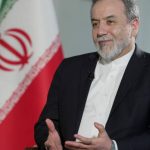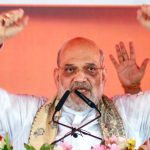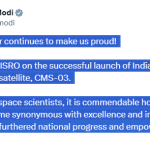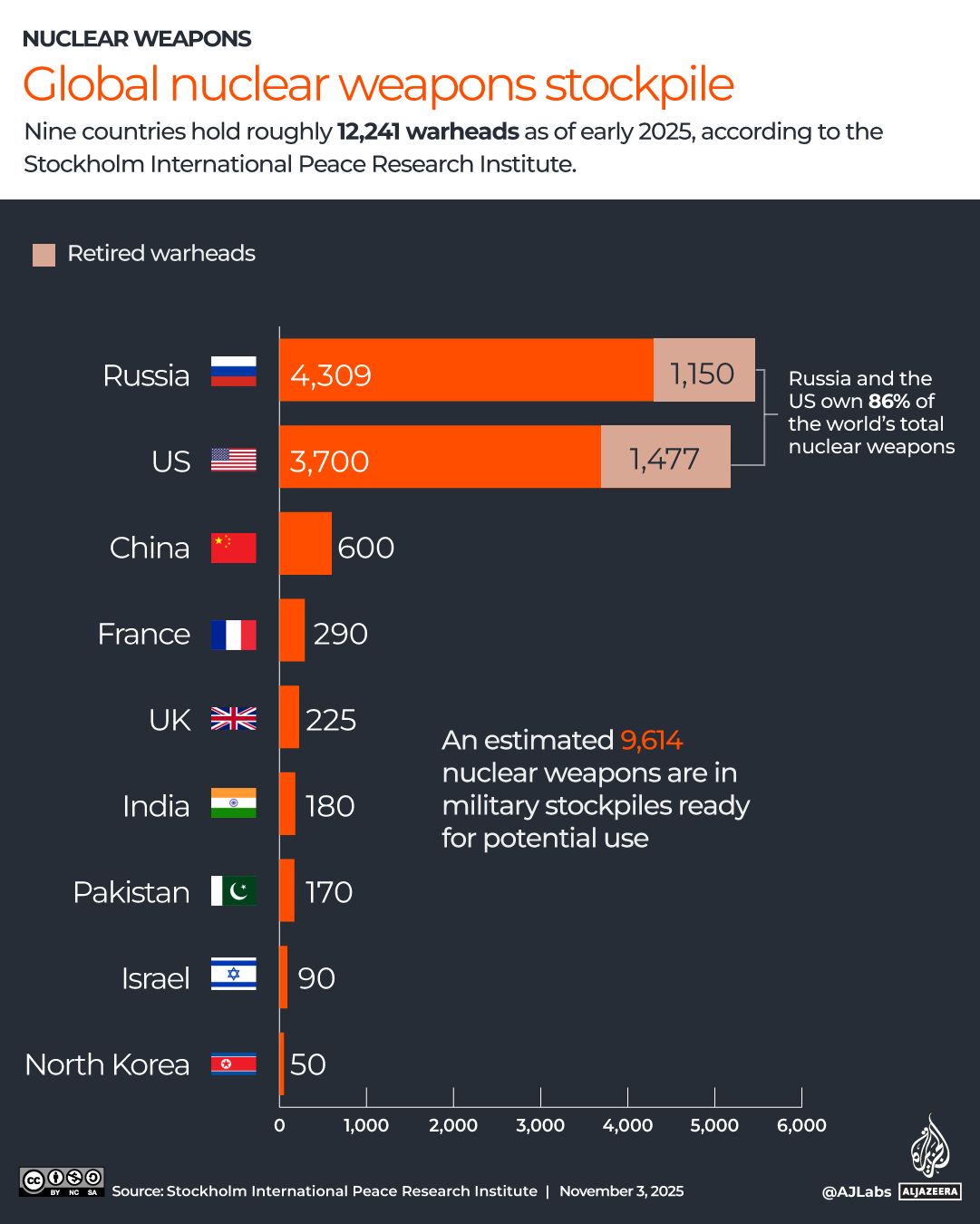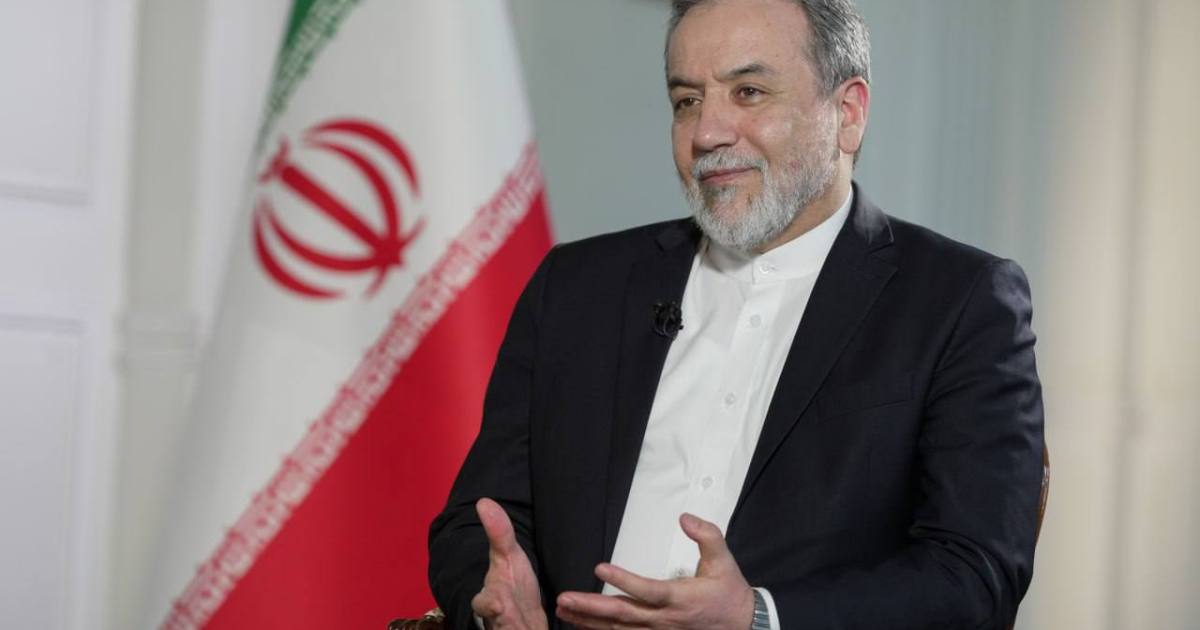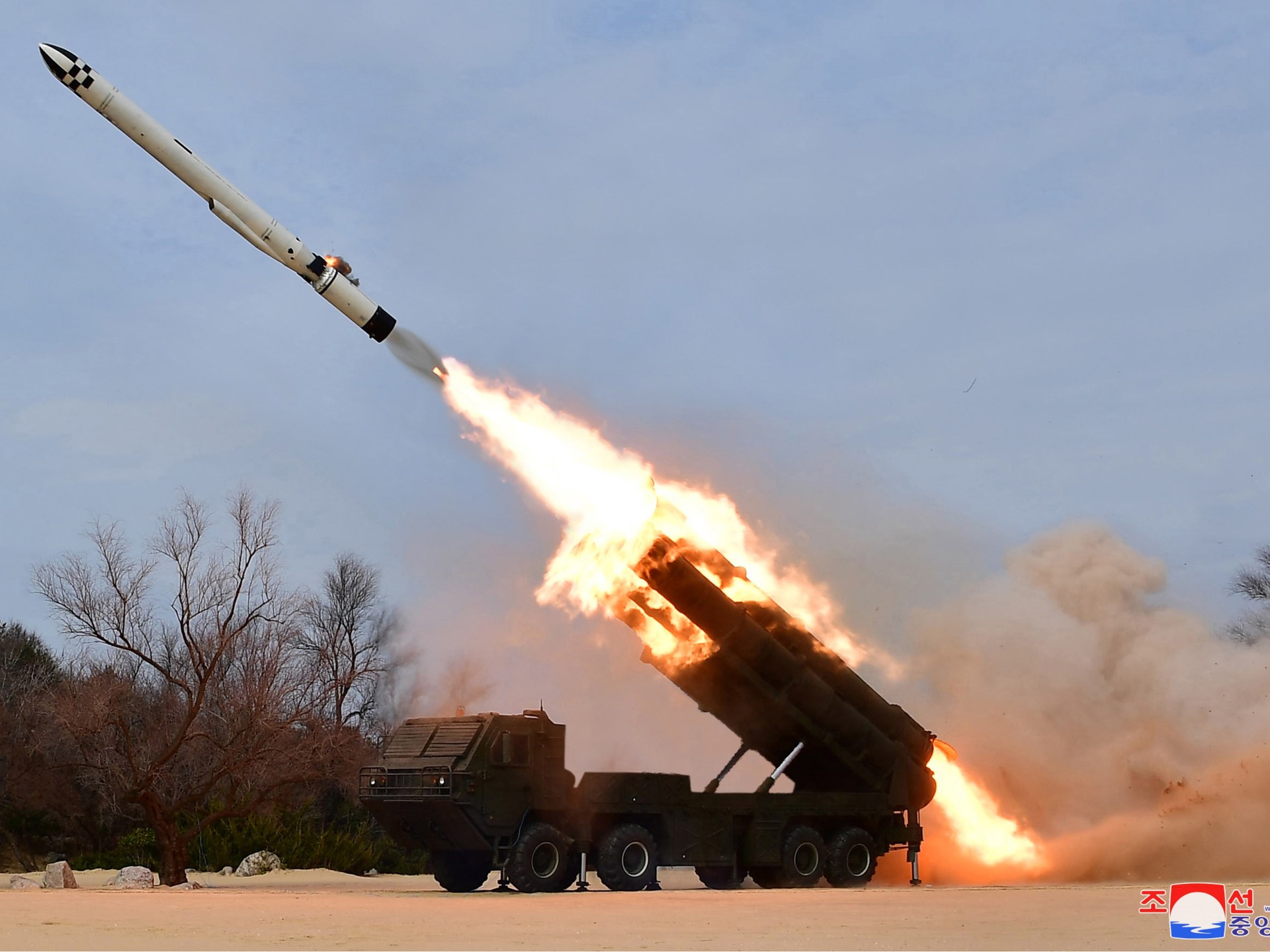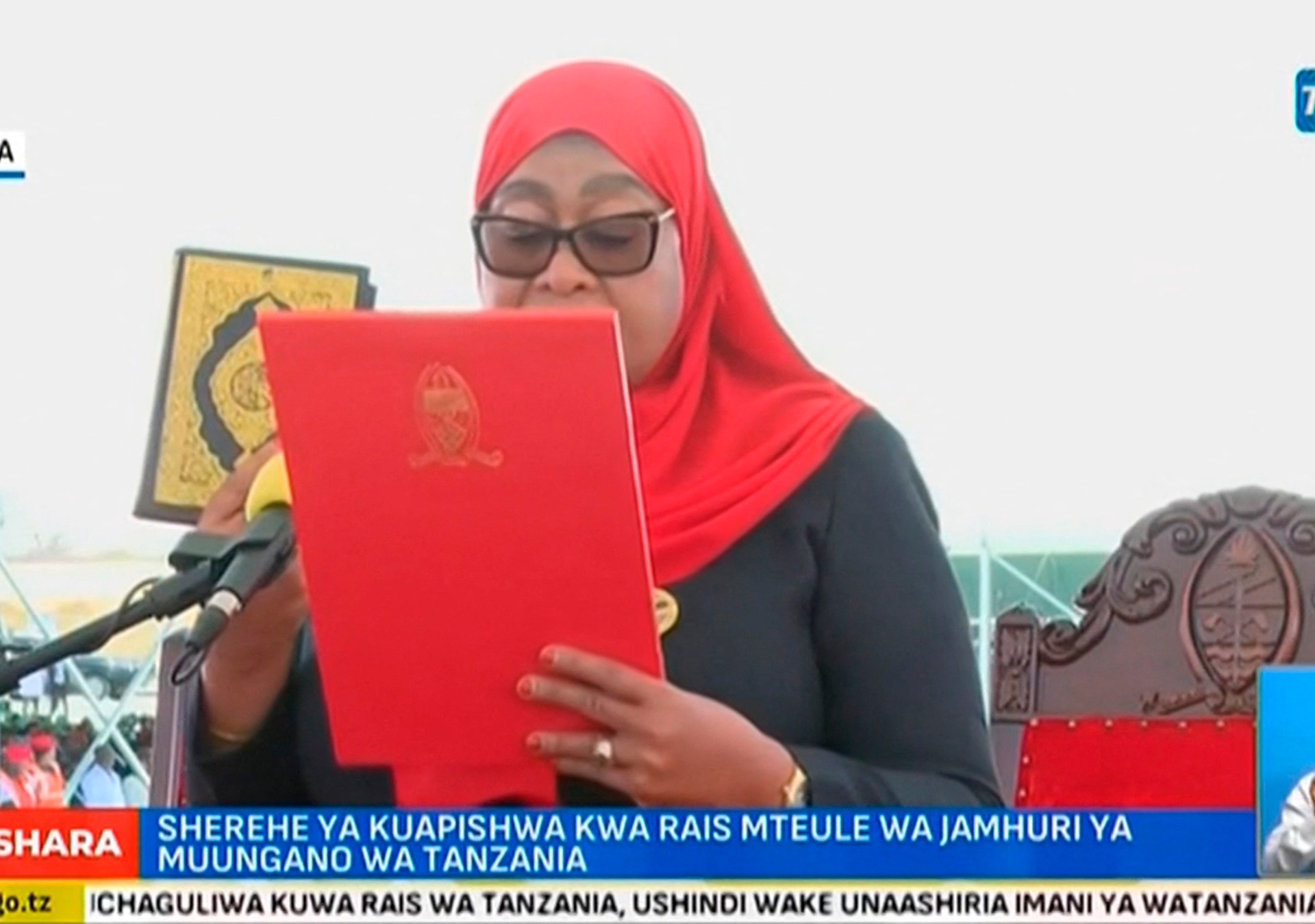United States Energy Secretary Chris Wright says planned nuclear tests will be “noncritical” and will not feature any nuclear explosions for now.
This clarification on Sunday came three days after President Donald Trump announced he had instructed the Department of Defense to “immediately” restart testing of US nuclear weapons.
What are ‘noncritical’ nuclear tests?
“I think the tests we’re talking about right now are system tests,” Wright said on the Fox News show The Sunday Briefing.
“These are not nuclear explosions. These are what we call noncritical explosions.”
Wright explained that for now, only the components of nuclear weapons will be tested to ensure they work properly and can trigger a nuclear explosion. He said these tests will be conducted on new systems to ensure that replacement nuclear weapons are improvements on earlier models.
“With our science and our computation power, we can simulate incredibly accurately exactly what will happen in a nuclear explosion,” Wright said. “Now, we simulate what were the conditions that delivered that and, as we change bomb designs, what will they deliver.”
According to the website of the Washington, DC-based nonpartisan organisation Arms Control Association, several nonnuclear explosive techniques can be used for nuclear weapon development, monitoring and maintenance. These can also include “subcritical” experiments, which use plutonium but avoid nuclear chain reactions.
“In this context, ‘noncritical’ nuclear tests involve testing of nuclear weapons delivery systems or components but not the detonation of a nuclear warhead,” Georgia Cole, a research analyst at the International Security Programme at Chatham House, told Al Jazeera.
“Noncritical tests typically take place in laboratories or testing facilities, often using advanced computer simulations to assess the safety and reliability of nuclear warheads without detonation. There are also ‘subcritical’ tests, which are nonnuclear explosions carried out underground, often in former nuclear test sites.”
What did Trump announce about nuclear tests?
On Thursday, Trump wrote in a post on his Truth Social platform: “Because of other countries testing programs, I have instructed the Department of War to start testing our Nuclear Weapons on an equal basis.” Trump signed an executive order in September to rename the Department of Defense the Department of War.
Trump added in his post that while the US has “more Nuclear Weapons than any other country”, China “will be even within 5 years”.
Trump justified his testing decision by citing China’s rapid build-up of its nuclear arsenal. The announcement came minutes before Trump’s meeting with Chinese President Xi Jinping which resulted in a truce on tariffs and some Chinese export restrictions of rare earth metals.
On Sunday, during an appearance on the CBS News programme 60 Minutes, Trump said in reference to nuclear weapons: “Russia’s testing, and China’s testing, but they don’t talk about it. You know, we’re an open society. We’re different. We talk about it. We have to talk about it.”
Trump added: “We’re gonna test because they test and others test. And certainly North Korea’s been testing. Pakistan’s been testing.”
However, none of the countries Trump mentioned has openly conducted nuclear weapons tests in recent years, and he did not provide any evidence to support his claims. It is also unclear why he believes China could catch up with the far larger US arsenal of nuclear warheads in just five years.
“There is no credible evidence that Russia, China or Pakistan are conducting explosive nuclear tests. The only country to have tested a nuclear weapon in the 21st century is North Korea, which has observed a self-declared moratorium since 2018,” Cole said.
“While all nuclear-armed states routinely test their delivery systems, such as missiles, there is no indication that any have resumed nuclear detonations.”
Which countries have the most nuclear weapons?
Nine states have nuclear arms: the US, Russia, the United Kingdom, France, China, India, Pakistan, North Korea and Israel.
According to the Stockholm International Peace Research Institute (SIPRI) yearbook report published in January, Russia has the highest number of total warheads at 4,309.
Russia is followed by the US, which has 3,700 warheads. China has 600. France has 290. The UK has 225. India has 180. Pakistan has 170. Israel has 90, and North Korea has 50.
A SIPRI report from June stated that China’s nuclear arsenal has been growing more rapidly than any other country’s, increasing by about 100 warheads every year since 2023. A report published by the Pentagon in December estimated that China would likely have 1,000 nuclear weapons by 2030.
The US has retired 1,477 nuclear warheads while Russia has retired 1,150. A retired warhead is one that has been removed from a country’s military arsenal and is awaiting dismantlement. According to a report published in March by the Federation of American Scientists, a US-based think tank, the retired warheads “are still relatively intact”, however.
“In some cases, retired warheads could technically be restored, depending on how far they are through the dismantlement process. However, this can be a lengthy and resource-intensive process. More commonly, states may reuse components from older warheads in the production or refurbishment of a new weapon,” Cole said.

How many times have countries conducted tests?
The US began testing nuclear weapons in 1945 with the first detonation taking place over New Mexico’s desert. The last time it tested nuclear weapons was more than 30 years ago in 1992. In total, the US has conducted 1,032 nuclear tests, according to the United Nations.
The Soviet Union conducted 715 nuclear tests – the last one in 1990. Russia, which inherited the Soviet nuclear arsenal, has not conducted any nuclear tests.
China has conducted 45 tests and last tested nuclear weapons in 1996.
France last tested nuclear weapons in 1996. It conducted 210 tests from 1945 to 1996. The UK conducted 45 nuclear tests from 1952 with the last one conducted in 1991.
Most countries have ceased nuclear weapons testing after signing the global Comprehensive Nuclear-Test-Ban Treaty (CTBT), which was introduced in 1996.
Since then, 10 nuclear tests have taken place: two by India and two by Pakistan in 1998 and six by North Korea in 2006, 2009, 2013, 2016 (twice) and 2017, according to the UN. India, Pakistan and North Korea have not signed the CTBT.
The US did sign the CTBT in 1996 but did not ratify it. Russia signed the CTBT in 1996 and ratified it in 2000, but in 2023, President Vladimir Putin withdrew Russia’s ratification of the treaty.
When a country signs a treaty, it signals its general agreement with the treaty’s terms and its intention to adhere to it in the future. Only upon ratification does the treaty become legally binding for that country under international law.

Does the US need to conduct new nuclear tests?
Political and scientific authorities in the US have asserted that the US does not need to conduct new nuclear tests.
The National Nuclear Security Administration (NNSA) is a semiautonomous agency within the US Department of Energy. The agency oversees nuclear weapons security, maintenance and stockpile stewardship. The NNSA has repeatedly made it clear that the US does not need new tests.
The agency’s new administrator, Brandon Williams, said during his Senate confirmation hearing in April: “The United States continues to observe its 1992 nuclear test moratorium and since 1992 has assessed that the deployed nuclear stockpile remains safe, secure and effective without nuclear explosive testing.”
Williams added that every year, national security lab directors and the commander of the US Strategic Command review the nuclear stockpile to decide if underground nuclear testing is necessary. Previous NNSA Administrator Jill Hruby also stated that new testing was not necessary, according to a 2023 interview with the Arms Control Association.
Could US tests spur a new nuclear race?
If the US breaks this moratorium on testing nuclear weapons – rather than just their components – other countries are likely to follow suit, experts said.
“If the US were to resume explosive nuclear testing, other powers would almost certainly respond in kind. Russia has already stated that it would mirror any US tests, and such moves could prompt China and North Korea to follow. The result would be the collapse of a 30-year moratorium on nuclear testing, undoing decades of restraint and sharply increasing global nuclear risks,” Cole said.
She added that Wright’s clarification about the tests being noncritical is an important one. “Had [Trump] been referring to explosive tests, as many initially assumed, that would represent a dramatic policy shift and a serious escalation in nuclear tensions.”

